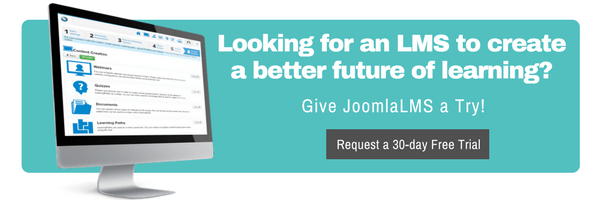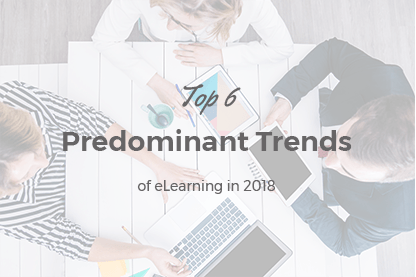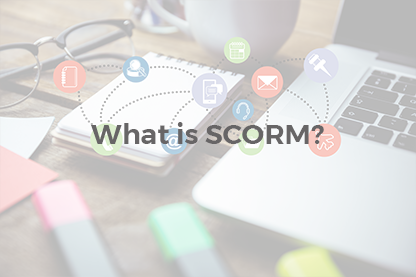There is a lot of buzz around the Agile ELearning Development nowadays. Because of its collaborative approach and cost control the agile methodology has proven its effectiveness in software engineering projects and started gaining popularity among the instructional designers and L&D specialists working on eLearning content development. To help you understand the Agile ELearning Development approach, its benefits and variation from the ADDIE model we’ve interviewed an eLearning expert with over 25 years of experience in the field of learning and user performance support - Kasper Spiro. Kasper not only answered all the questions eLearning professionals can have, but explained the Agile ELearning Development process by the example of his own company to help you get started.
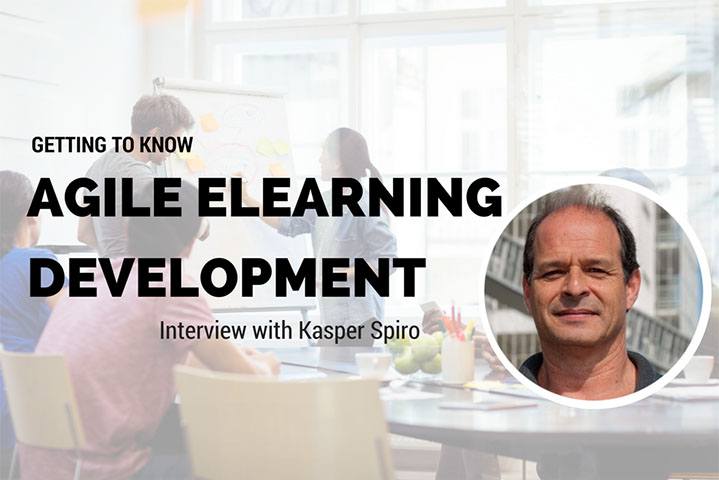
There is a lot of buzz around the Agile ELearning Development nowadays. Because of its collaborative approach and cost control the agile methodology has proven its effectiveness in software engineering projects and started gaining popularity among the instructional designers and L&D specialists working on eLearning content development.
To help you understand the Agile ELearning Development approach, its benefits and variation from the ADDIE model we’ve interviewed an eLearning expert with over 25 years of experience in the field of learning and user performance support - Kasper Spiro. Kasper not only answered all the questions eLearning professionals can have, but explained the Agile ELearning Development process by the example of his own company to help you get started.
Agile elearning development means developing elearning content in short iterations. An iteration (also called a “sprint”) quickly delivers something you can show stakeholders in the form of a demo. It’s an approach that fundamentally changes the dynamics of the development process and offers great benefits.
The five-step ADDIE process is a so-called waterfall model. That means your content development flows through each separate phase of the process, one by one, gradually moving toward the end result. You have to wait till one phase is finished before you can start the next one.
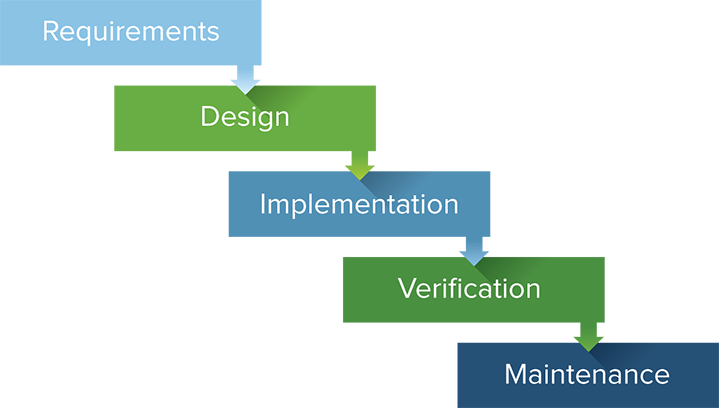
The Agile approach is completely different. The real game changer is that you work in short sprints with concrete outcomes. Each sprint results in something meaningful you can show stakeholders.

To me, the greatest benefit is that Agile approach involves stakeholders every step of the way. In the classic ADDIE model, interaction only takes place at the end of each phase and the technical nature of the documentation can be off-putting for stakeholders. With Agile’s weekly demos, stakeholders not only stay involved in the process, they also get to steer the development week by week. That makes the Agile approach genuinely agile and different. Plus there are differences in how you manage your team, calculate estimates and much more.
One of our worldwide leading instructional designers is Michael Allen who’s also CEO of elearning software company Allen Interactions. He developed an Agile ELearning Methodology called SAM as an alternative for ADDIE. He wrote a great introductory book about it called Leaving Addie for Sam. It’s a must-read for anyone interested in this apporach.
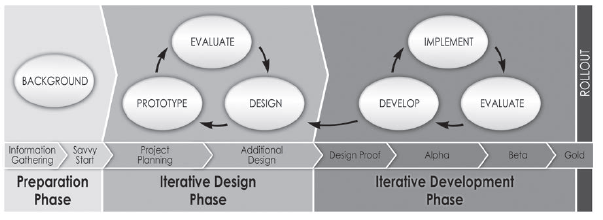
SAM version for large projects
Image source
The best way for me to explain is to tell you why I started thinking about Agile elearning development in the first place. In 2010 I became CEO of Easygenerator. We’re a software company selling a unique e learning authoring environment. I had developed software before but always based on a waterfall (ADDIE-like) model. At Easygenerator we develop software in an agile way. Instead of releasing a new version of our software once or twice a year, we do it every week. In short, the process goes like this:
We keep a list of elements we want to build, extend or improve. Our product owner who’s in charge of our product development works these elements out in great detail in a so-called “user story.” A user story describes functionality in everyday language, giving a description that’s clear to me as a stakeholder, but also to the software developer and the customers.
A typical user story goes something like this: “As an author, I can make bold-face text in the editor interface.” User stories are the first key difference between the Agile and the ADDIE approaches. Everybody can understand the user story and everybody can check if the delivered solution lives up to expectations. It does require you to break up development into small pieces, but that’s actually another advantage. It becomes much easier to manage the process and keep track of progress.
Next the developers make an estimate for each user story, so all stakeholders understand the costs involved. This helps you prioritize development tasks into an organized list called the backlog. Developers will pick stories from the backlog to develop. Development takes place in short iterations. At Easygenerator, we work with one-week sprints, but other companies also use two or three-week sprints.
At the end of the sprint, the developer holds a demo to show the result to all stakeholders. This is one of Agile’s most powerful benefits. Thanks to the demo, I can see what the developer is building; I can even play with it in a staging environment. We can adjust it, steer it or put it live for a small group of users to see if it does what it needs to do. You can start small and then decide based on feedback whether to change or expand. I love this. In my previous jobs, I saw all kinds of technical documentation. It took months of development before I got to see the result, and most of the time I was disappointed even then. The Agile approach changes all this.
Start now and start small. Plan weekly or biweekly demos with your stakeholders. It instantly changes your entire development process. Write less documentation and create rapid courses as examples, or do more with prototyping. Make sure you have something to demo that your stakeholders can understand.
About the Author:

Kasper Spiro is a CEO of elearning software vendor Easygenerator and an authority in learning and development, Kasper Spiro is a frequent speaker at conferences such as DevLearn, LSCON and Learning Technology. Learn more about Kasper by following him on Twitter and visiting his personal blog.





